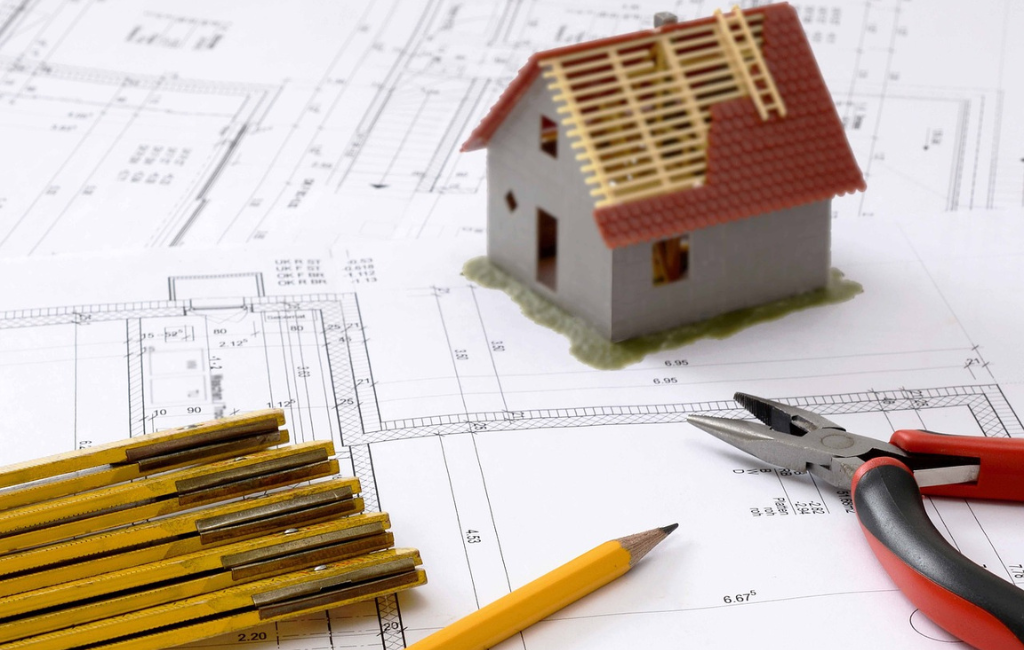-
Table of Contents
- Architect Designs for Future Living
- Sustainable Architecture
- Green Buildings
- Case Study: The Edge, Amsterdam
- Smart Homes
- Home Automation
- Case Study: Bill Gates’ Smart Home
- Urban Farming
- Vertical Gardens
- Case Study: Bosco Verticale, Milan
- Modular Construction
- Benefits of Modular Construction
- Case Study: The Stack, New York City
- Adaptive Reuse
- Examples of Adaptive Reuse
- Case Study: Tate Modern, London
- Conclusion
Architect Designs for Future Living
As the world evolves, so do the spaces we inhabit. The future of architecture is not just about creating aesthetically pleasing structures but also about addressing the pressing needs of our time. From sustainability to smart technology, the designs of tomorrow promise to revolutionize the way we live.
Sustainable Architecture
One of the most significant trends in future architecture is sustainability. With climate change becoming an ever-pressing issue, architects are focusing on creating buildings that minimize environmental impact.
Green Buildings
Green buildings are designed to reduce energy consumption and waste. They often incorporate renewable energy sources such as solar panels and wind turbines. Additionally, these buildings use materials that are either recycled or have a low environmental footprint.
- Use of solar panels and wind turbines
- Recycled or low-impact materials
- Energy-efficient systems
Case Study: The Edge, Amsterdam
The Edge in Amsterdam is a prime example of sustainable architecture. This office building is considered one of the greenest in the world, with a sustainability score of 98.4%. It uses solar panels to generate energy and has an advanced climate control system that reduces energy consumption by 70% compared to traditional buildings.
Smart Homes
Technology is another driving force in the future of architecture. Smart homes equipped with advanced technology offer convenience, security, and energy efficiency.
Home Automation
Home automation systems allow residents to control various aspects of their home through a smartphone or voice commands. This includes lighting, heating, security systems, and even kitchen appliances.
- Smart lighting and heating systems
- Advanced security features
- Automated kitchen appliances
Case Study: Bill Gates’ Smart Home
Bill Gates’ residence, often referred to as Xanadu 2.0, is a marvel of smart home technology. The house features an extensive network of sensors that adjust lighting, temperature, and even artwork based on the preferences of the occupants. The home also includes a high-tech security system and a server system that controls all electronic devices.
Urban Farming
With urban areas expanding, the need for sustainable food sources is becoming more apparent. Urban farming integrates agriculture into city landscapes, providing fresh produce and reducing the carbon footprint associated with food transportation.
Vertical Gardens
Vertical gardens are a popular solution for urban farming. These gardens can be integrated into the walls of buildings, providing greenery and fresh produce without taking up valuable ground space.
- Space-efficient farming
- Improved air quality
- Access to fresh produce
Case Study: Bosco Verticale, Milan
The Bosco Verticale in Milan is a pair of residential towers that incorporate vertical gardens. These gardens host over 900 trees and 20,000 plants, providing a green oasis in the heart of the city. The towers not only offer fresh produce but also improve air quality and reduce noise pollution.
Modular Construction
Modular construction is gaining popularity due to its efficiency and flexibility. This method involves constructing sections of a building off-site and then assembling them on-site. It reduces construction time and waste, making it a sustainable option for future buildings.
Benefits of Modular Construction
- Reduced construction time
- Minimized waste
- Flexibility in design
Case Study: The Stack, New York City
The Stack in New York City is an excellent example of modular construction. This seven-story residential building was constructed in just 19 days using modular techniques. The building offers high-quality living spaces while significantly reducing construction time and waste.
Adaptive Reuse
Adaptive reuse involves repurposing old buildings for new uses. This approach preserves historical architecture while meeting modern needs, making it a sustainable and culturally enriching option.
Examples of Adaptive Reuse
- Converting factories into residential lofts
- Transforming warehouses into office spaces
- Repurposing churches into community centers
Case Study: Tate Modern, London
The Tate Modern in London is a prime example of adaptive reuse. Originally a power station, the building was transformed into a world-renowned art museum. The conversion preserved the building’s industrial architecture while creating a modern space for art exhibitions.
Conclusion
The future of architecture is set to be transformative, addressing the needs of sustainability, technology, and urbanization. From green buildings and smart homes to urban farming and modular construction, the designs of tomorrow promise to create more efficient, sustainable, and livable spaces. As we move forward, these innovative approaches will play a crucial role in shaping the way we live and interact with our environment.
